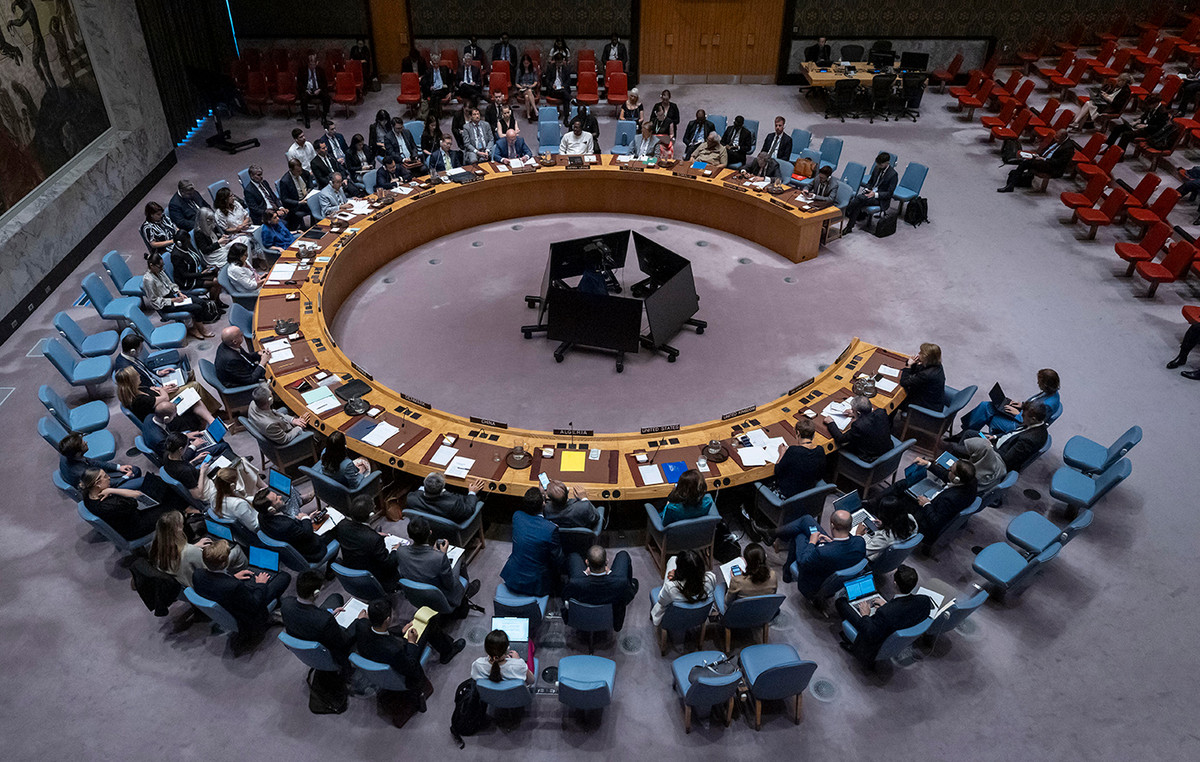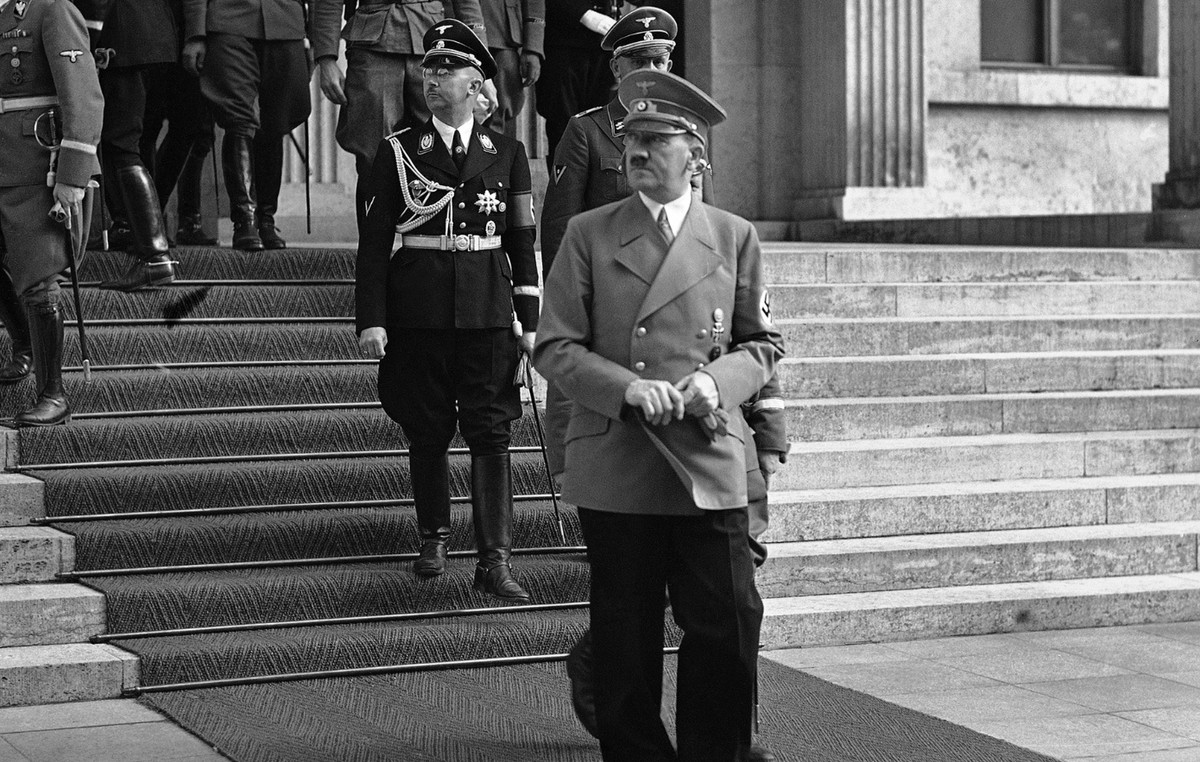In the internet industry, the “last-mile” problem is well known. That is, millions of people and businesses around the world are unable to access broadband because the final section of a broadband network, which connects the user to the backbone of the internet, is missing.
This critical infrastructure, which can range from a few hundred meters to a few kilometers, is often expensive or difficult to build, due to challenges with the terrain or because it would serve few users — which are bigger problems in rural and remote areas.
One solution may come from a technology called “free space optics” (FSO), which uses lasers to transfer data through the air. It was pioneered by NASA in the 1960s and, for decades, has been seen as a possible radical change for internet infrastructure.
However, the technology has always faced an unavoidable obstacle: the weather. Fog and rain, and even simple air turbulence, are enough to disrupt the signal, which also requires a stable, direct line of sight between transmitter and receiver. So, despite the advantage of not requiring licensing or regulation, unlike radio signals like 5G, FSO broadband has not yet materialized as a commercial reality.
Now, the company Attochron, based in the US state of Virginia, says it is ready to launch its own version of the technology — after more than 20 years of development.
Through fog and rain
Attochron, which completed a $15 million funding round in July, says it has begun low-volume production of its flagship hardware product, called ALTIS-7, which includes a receiver and a transmitter and looks vaguely like a security camera. The company plans to ramp up production early next year in preparation for a commercial launch.
To demonstrate the technology, Attochron partnered with telecommunications company Lumen and a major Fortune 200 retailer for a three-month “pilot project.” The laser link stretched 1.5 miles at a speed of 1.25 gigabits per second, and the company says it has already reached a maximum speed of just over 10 gigabits, which is on par with the fastest connectivity by optical fiber.
Founded in 2002, Attochron has yet to launch any products or services, something CEO Tom Chaffee calls “a great example of believing in a great idea whose time had not yet come.” After receiving funding from angel investors in 2004, Chaffee says things slowed down due to the dot-com bust, and the company was kept going with the support of friends and family.
“This modest level of funding, sometimes just US$50,000 (about R$280,000) or US$100,000 (about R$560,000) for the entire year, had to pay for everything: staff, consultants, hardware for testing and measurement,” he recalls. “This situation lasted 10 years, until the first private equity financing, and although it was painful, it allowed Attochron to build a solid foundation in understanding FSO physics and assemble a team that was not demotivated along the way.”
In 2012, Chaffee moved the company to its current base in Lexington, Virginia, which can experience heavy fog and other weather issues for FSO. “We have extremes in wind speed and the amount of rain. But I want to emphasize that, believe it or not, a beautiful clear day is one of the most difficult times to propagate a laser,” he said.
As the laser travels through the air, Chaffee explains, small changes in temperature or humidity affect the beam. Attochron’s technology, in simple terms, introduces two innovations compared to previous attempts to transfer data using lasers: it uses extremely short pulses of light rather than a continuous beam, and it employs a broad spectrum of light rather than a single narrow, which allows the signal to achieve much greater stability.
“This is Attochron’s big breakthrough,” said Chaffee. “We have about 60 or 70 granted patents and about 200 more pending.”
Enabling, not replacing
According to Chaffee, the advantages of using lasers to connect the last mile are many, starting with the fact that it is comparatively cheaper than installing fiber optic cables. A typical Attochron hardware package will cost US$30,000 for a 10 gigabit connection, while fiber cable infrastructure can cost between US$250,000 and US $1 million (about R$5.6 million) for a dedicated connection, he says, as well as requiring lengthy permitting processes.
As long as line of sight is preserved (Chaffee says the system could be placed on a cell tower to help with this), Attochron’s transmitters require no regulatory process before installation. They can also be deployed “in hours rather than months or longer,” Chaffee said.
10 gigabit connectivity for US$30,000 is beyond most people’s needs and budget, which is why businesses are the target market. Attochron will sell the links to broadband providers and operators who will install them and charge a monthly fee to companies that wish to use them.
The company is also looking beyond last-mile enterprise connectivity, citing uses in the military sector — a signal sent only between transmitter and receiver is secure if the data is only in the lasers — or in cases where radio capacity is limited due to a congested radio spectrum, such as near airports.
Whether the technology is worth the wait remains to be seen, but experts say it has potential.
According to Hazem Refai, Williams Chair of Telecommunications and Networking at the University of Oklahoma, who is not involved with Attochron, there are advantages to using FSO.
“You don’t need FCC licensing for this,” he said. “You just need to put a transmitter and a receiver and shoot a laser between the two, and all you need is a direct line of sight.” He adds that, on paper, Attochron’s technology offers “major improvements over current technologies” and, if realized, would be a “major achievement.”
James Osborn, a professor in the Department of Physics at Durham University in the United Kingdom who is also not involved with Attochron, says the company’s technology looks solid on paper, although technical challenges remain. This is because the laser pulses it uses are very fast — a million times shorter than a nanosecond.
He questions whether the technology may be too complex for the purpose it serves, and believes there are limits to the speeds it can reach. However, he adds that it has advantages for data security and can be more than useful for connecting the last mile. “This is worth monitoring, to see where it goes,” he said.
Chaffee makes it clear that Attochron is not trying to replace current technologies. “Some FSO companies are proposing that they can replace fiber. We’re not saying that — we’re saying we’re complementary,” he said. “It’s really an enabling technology, not a replacement technology.”
This content was originally published in Understand how the laser can bring broadband where fiber optics cannot reach on the CNN Brasil website.
Source: CNN Brasil
Charles Grill is a tech-savvy writer with over 3 years of experience in the field. He writes on a variety of technology-related topics and has a strong focus on the latest advancements in the industry. He is connected with several online news websites and is currently contributing to a technology-focused platform.







